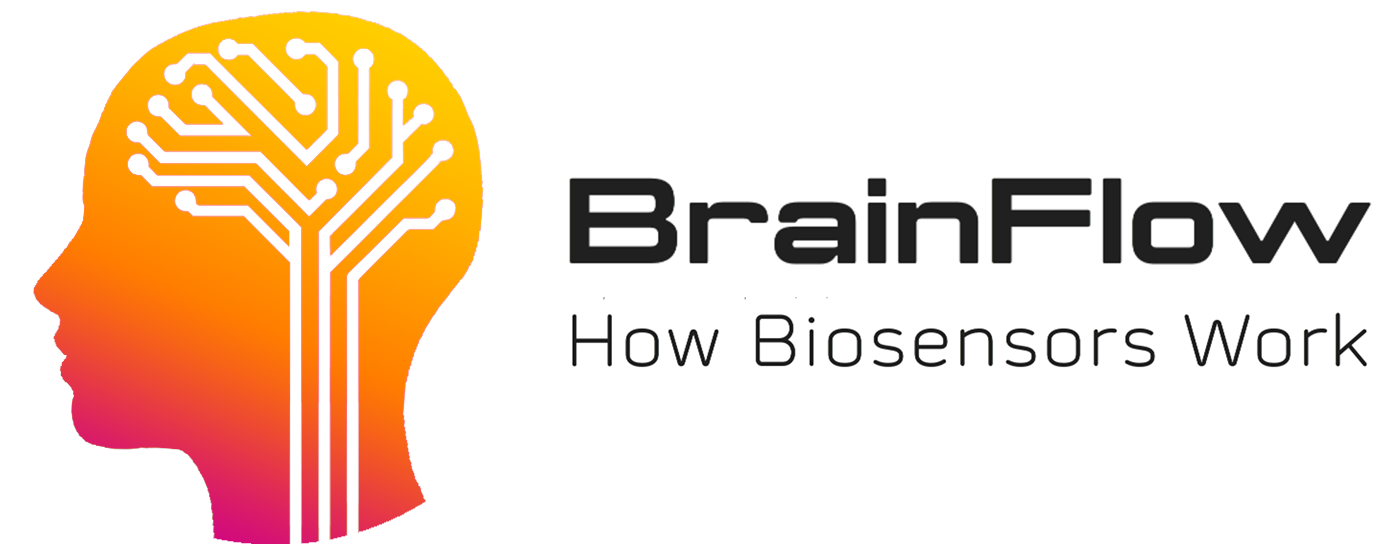When stepping into the field of neurotechnology, the first friction isn’t the hardware—it’s the language. What is the vocabulary of this space? How does one learn to listen to a brain?
This week in Creativity in Vitro, I’ve been diving into a series of lectures by The BCI Guys, a duo committed to making brain-computer interfaces (BCIs) accessible through their free online course: Foundations of Neurotechnology. The playlist unfolds like a well-paced primer. Not a technical deep dive, but an orientation—a cartography of the field’s essential terms, metaphors, and ethical edges.
We start with the brain—of course. But not in the romantic sense. This is the brain as system: frontal, temporal, parietal, occipital. For our purposes in Creativity in Vitro, special attention is drawn to the temporal (auditory), frontal (speech), and parietal (language) regions. These mappings are not mere anatomy—they are design interfaces.
The course introduces the neuron as a spiky, whispering creature. Dendrites receive, axons transmit, and voltage thresholds are crossed like invisible doorways. A resting potential at -70mV. Depolarization begins at -55mV. These minute shifts are what BCIs try to hear, through methods like EEG—non-invasive, noisy, beautiful in its imperfection.
And it turns out, EEG wasn’t always so standardized. I learned about the 10–20 system, a now widely adopted spatial protocol that determines where to place electrodes on the scalp. This patterning is both cartographic and infrastructural—it ensures that when we say “Fp1,” we mean the same thing, across time and space.
But the course goes further. Into signal noise and band filters (goodbye, 50/60Hz hum), into frequency domains and time series, into the family of waves—delta, theta, alpha, beta, gamma. Each with its own rhythm, its own behavioral implications. (Beta, for example, feels like focus; theta, a door to memory.)
There’s a brief but useful sketch of machine learning concepts. Enough to position BCI data not as static recordings, but as temporal patterns—highly contextual, incredibly messy, and ripe for interpretation.
Ethics is a throughline. If we can enhance cognition, who gets to decide what is optimal? If memory is modifiable, where does the self reside? The course nods to fiction—Flowers for Algernon, of course—and reality: current players like OpenBCI, the BCI Society, and Neurotech Reports. It draws lines between speculative futures and regulatory presents.
For me, the greatest strength of this course is in its transparency. It doesn’t try to dazzle—it invites. It says: here’s the terrain, here are the tools, here are the questions still open.
And that’s enough to begin.
References & Further Curiosities
-
The BCI Guys – Foundations of Neurotechnology
A free, beginner-friendly course offering a solid introduction to brain-computer interfaces. Available as a YouTube playlist and a more in-depth platform version.
🔗 https://www.bciguys.com/course
📺 YouTube: Foundations of Neurotechnology Playlist -
BCI Society
An international community advancing the science and ethics of BCIs. Hosts conferences and shares resources on both clinical and experimental applications.
🔗 https://bcisociety.org -
Neurotech Reports
Industry intelligence and market research dedicated to the neurotechnology field. Publishes Neurotech Business Report and organizes forums.
🔗 https://www.neurotechreports.com/ -
OpenBCI
Open-source BCI hardware and software for makers, researchers, and artists. A great entry point for prototyping and experimentation.
🔗 https://www.openbci.com -
Flowers for Algernon, by Daniel Keyes
A classic science fiction novella exploring the ethical and emotional consequences of cognitive enhancement. Often referenced in neuroethics discussions.
🔗 Wikipedia Summary
 Lina Lopes
Lina Lopes  A Linguist Who Codes - Notes from a Conversation with Leandro Rafael Perez
A Linguist Who Codes - Notes from a Conversation with Leandro Rafael Perez